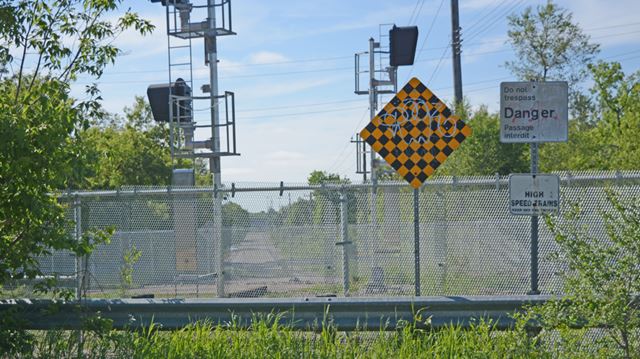steveintoronto
Superstar
"Expropriate through Guelph"? And run the train through at 200kph?My feeling is it is actually probably cheaper to just expropriate through Guelph & not even build a station in Guelph. ("You want the trains to stop? Fund your own upgraded train station. Good luck.") Certainly, that will make Guelphites madder than a hive of hornets, feeling blackmailed.
Errr...no. The default option now stated by a number of sources is to bypass not only Guelph, but Crackton and other other constrictions until Georgetown. Brampton remains problematic too. You and other predicate your view on the premise that there's a pressing need for Guelphites to want High Speed Rail to...wherever. They don't, with few exceptions. They want *HFR*!
K/W and London, if there's a concentration of desire, want HSR. It was an election sop that the Libs just won't be able to deliver on. Even Liz Sandals, Lib MPP Cabinet Minister, has deflated the "Guelph wants HSR" issue. It's not planned to go through Guelph for good reason, if it ever happens at all. It is for "London, K/W, Pearson and Toronto"
The original plan prior to this one was to follow the 401. I thought that was pie-in-the-sky until realizing the costs of doing so would be less than "expropriating" the heart out of many locales populated by persons who don't want that. If there's a group in Guelph, besides the self-serving Board of Trade, that wants this, it's the population to the *south* of Guelph that drives on the 401 every day to Toronto. THAT is where the station, if there is to be one, should be.
Fritz the All-Knowing talks about London "building a station underwater" (I follow Crossrail very closely, and the associated politics, I have a vote there still let alone family, some of whom work in rail management)...but what the All-Knowing overlooks is that Crossrail is over 40% in tunnel.
Hey, what's a little blasting, eh?





